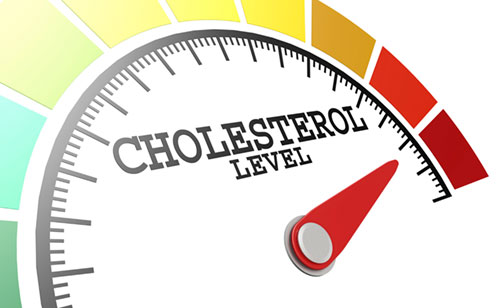Introduction
Familial dyslipidemia is a group of inherited genetic disorders that affect lipid metabolism, leading to abnormal levels of cholesterol and/or triglycerides in the blood. This condition can significantly increase the risk of cardiovascular diseases, such as heart attacks and strokes. Understanding the causes, symptoms, and management of familial dyslipidemia is essential for early diagnosis and effective treatment.

Causes and Genetics:
Familial dyslipidemia results from genetic mutations that affect the body’s ability to regulate lipids, which are fatty substances essential for various physiological functions. There are several types of familial dyslipidemia, each associated with specific genetic defects:
-
Familial Hypercholesterolemia (FH):
FH is one of the most common types of familial dyslipidemia. It is caused by mutations in genes responsible for the LDL receptor or other related proteins. These mutations impair the body’s ability to remove low-density lipoprotein (LDL) cholesterol from the bloodstream, leading to elevated LDL levels and an increased risk of atherosclerosis.
-
Familial Combined Hyperlipidemia (FCHL):
FCHL is characterized by elevated levels of both LDL cholesterol and triglycerides. Genetic factors play a significant role in FCHL, but environmental factors like diet and lifestyle also contribute to its development.
-
Familial Hypertriglyceridemia (FHTG):
FHTG is primarily caused by mutations in genes that regulate triglyceride metabolism. This condition is associated with high levels of triglycerides in the blood, increasing the risk of pancreatitis and cardiovascular disease.
Symptoms:
Familial dyslipidemia often does not present noticeable symptoms, especially in its early stages. This absence of overt symptoms makes early diagnosis challenging. However, as the condition progresses, individuals may experience:
-
Xanthomas:
These are deposits of cholesterol that accumulate under the skin, resulting in raised, yellowish patches.
-
Corneal Arcus:
A grayish-white ring forms around the cornea due to cholesterol deposition.
-
Cardiovascular Events:
Individuals with untreated familial dyslipidemia are at a significantly higher risk of heart attacks, strokes, and other cardiovascular complications.
Diagnosis:
Diagnosing familial dyslipidemia involves a combination of clinical evaluation, lipid profile testing, and genetic testing. A lipid profile measures cholesterol and triglyceride levels in the blood. Genetic testing can identify specific mutations associated with different types of familial dyslipidemia. Family history also plays a crucial role, as the condition is often hereditary.
Management and Treatment:
Managing familial dyslipidemia involves a multifaceted approach that includes lifestyle modifications and, in some cases, medication:
-
Lifestyle Changes:
- Diet: Adopting a heart-healthy diet low in saturated and trans fats can help manage lipid levels.
- Exercise: Regular physical activity can improve lipid metabolism and overall cardiovascular health.
- Weight Management: Maintaining a healthy weight can positively impact lipid levels.
-
Medications:
- Statins: These medications are commonly prescribed to lower LDL cholesterol levels.
- Fibrates: Fibrates are used to lower triglyceride levels and raise HDL cholesterol.
- Ezetimibe: This medication helps reduce LDL cholesterol absorption in the intestine.
-
Genetic Counseling:
Individuals diagnosed with familial dyslipidemia should consider genetic counseling to understand the inheritance pattern and to assess the risk to their family members.
Conclusion:
Familial dyslipidemia is a group of genetic disorders that disrupt lipid metabolism and lead to abnormal cholesterol and triglyceride levels. Early diagnosis and effective management are crucial to reducing the risk of cardiovascular diseases. By understanding the underlying causes, recognizing potential symptoms, and implementing lifestyle changes and medical interventions, individuals with familial dyslipidemia can take control of their health and minimize the impact of this condition on their lives.

Dr. Kamal Kant Jena
Associate Consultant – Interventional Cardiologist
Kauvery Hospital Chennai
